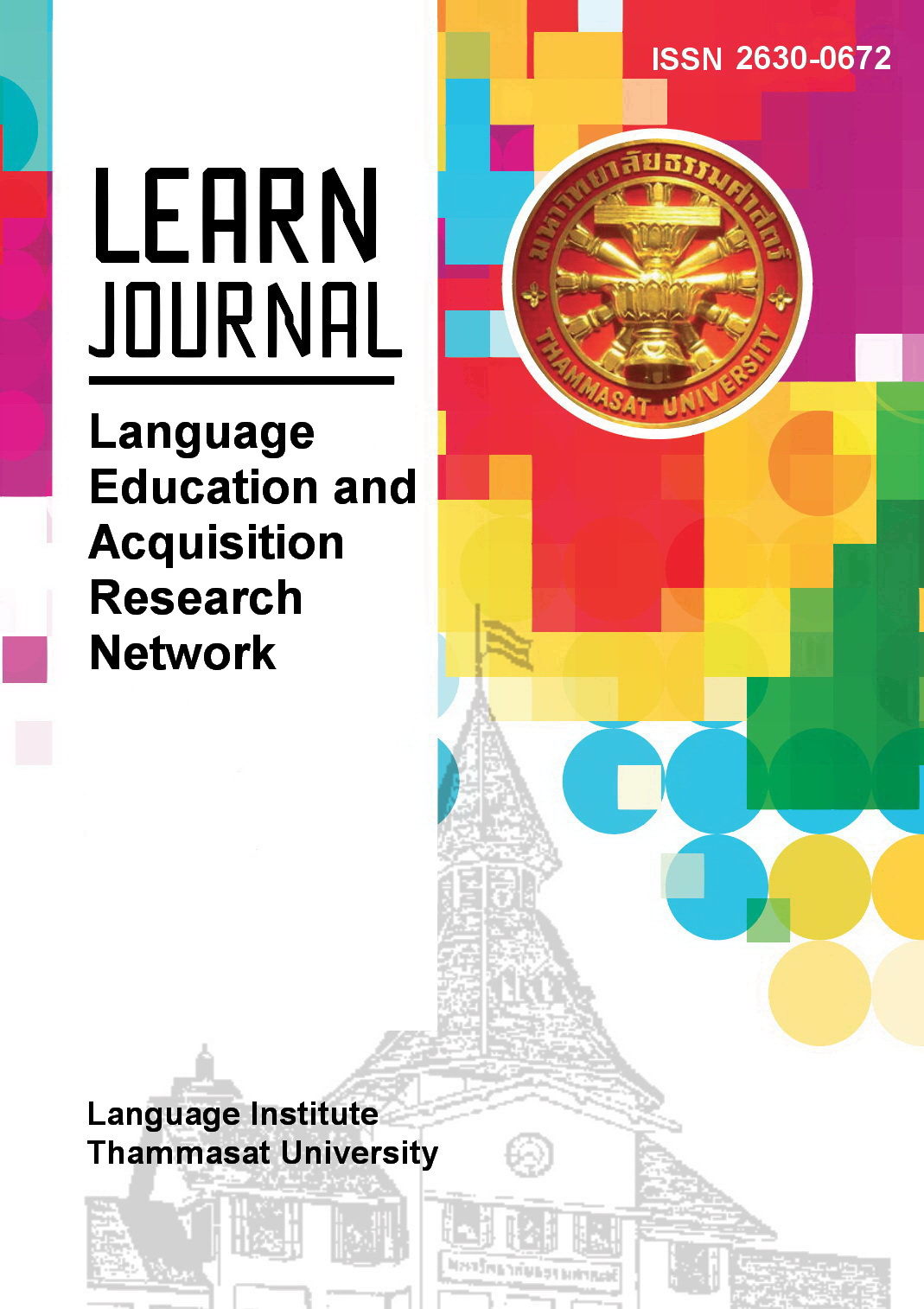Genres Classification and Generic Structures in the English Language Textbooks of Economics and Islamic Economics in an Indonesian University
Main Article Content
Abstract
Textbooks provide students with models of written scientific literacy and also access to a wide range of knowledge. However, deconstructing their text structures which has potential contribution to facilitating students’ reading comprehension receives lack of attention. The present study is to classify the genres and their generic structures within the textbooks used at Universitas Islam Negeri, North Sumatra, Indonesia (UIN-SU) for the purpose of teaching reading Economics and Islamic Economics texts. Data of the study were two textbooks of Economics and Islamic Economics. Five main genre frameworks based on Systemic Functional Linguistics (SFL) were used as method of the analysis: Report, Explanation, History, Argument, and Response genres. In the Economics, 17 genre types including two new ones under four main genre families of Explanation, Report, Argument, and History were found. On the other hand, in its counterpart, 25 genre types including 6 new ones under five genre families of History, Report, Explanation, Argument, and Response were identified. The difference of the key findings between the textbooks is proposed to be the consequences of the ideological discrepancy to which the textbooks belong as well as the resource discrepancy from which the two sub-disciplines of Economics are oriented.


